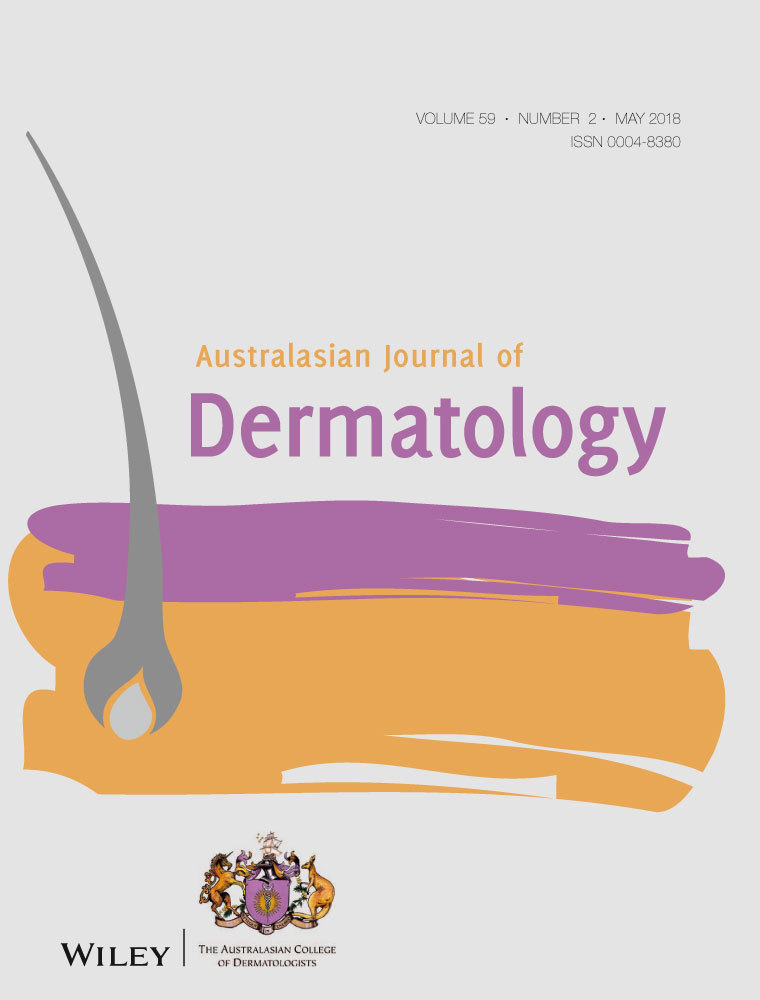Hair transplantation for the treatment of lichen planopilaris and frontal fibrosing alopecia: A report of two cases
Abstract
The efficacy of current medical treatments for lichen planopilaris (LPP) and its variant, frontal fibrosing alopecia (FFA), both lymphocyte-mediated primary cicatricial alopecias, is limited. Hair regrowth from scar tissue is usually not possible. Although hair transplantation restores the hairline and increases hair density in patients with cicatricial alopecia, the timing of the transplantation is crucial. Here, we report two Chinese patients with LPP or FFA who underwent the follicular unit extraction method of hair transplantation after the diseases were stabilised with therapy, with satisfactory results for 3–4 years of follow up.




